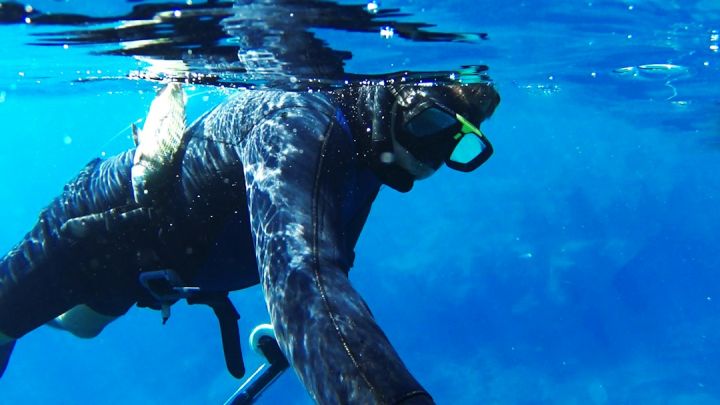How to Choose the Right Pfd for Your Needs?

When it comes to water activities, safety should always be a top priority. One crucial piece of equipment that can potentially save your life is a personal flotation device (PFD). But with so many options available, how do you choose the right PFD for your needs? In this article, we will guide you through the process of selecting the perfect PFD, ensuring your safety and peace of mind while enjoying water sports.
Understand the Different Types of PFDs
Before diving into the selection process, it is essential to understand the various types of PFDs available. The Coast Guard has classified PFDs into five different categories, each suited for specific activities and water conditions.
1. Type I PFDs: These are the most buoyant PFDs and are designed for offshore use or rough waters. They are bulkier and less comfortable than other types but provide excellent floatation.
2. Type II PFDs: Type II PFDs are suitable for calmer waters and are commonly used for recreational boating. They are less buoyant than Type I but are more comfortable to wear.
3. Type III PFDs: These PFDs are the most popular choice for water sports enthusiasts. They are lightweight, comfortable, and designed for activities such as kayaking, paddleboarding, and water skiing.
4. Type IV PFDs: Type IV PFDs are throwable devices, such as life rings or cushions. They are not wearable but are essential to have on board, especially for boating.
5. Type V PFDs: Type V PFDs are specialized PFDs designed for specific activities like windsurfing, kayaking, or water skiing. They provide excellent floatation and additional features tailored to the activity.
Consider Your Water Activities
Once you have familiarized yourself with the different types of PFDs, the next step is to consider the water activities you will be participating in. Different activities have varying safety requirements, and choosing a PFD designed specifically for your intended activity is crucial.
For example, if you are into kayaking or paddleboarding, a Type III PFD with a low-profile design and freedom of movement is ideal. On the other hand, if you are planning to go fishing, a comfortable PFD with multiple pockets and attachment points for fishing gear would be more suitable.
Fit and Comfort
The fit and comfort of a PFD are paramount to its effectiveness. A properly fitting PFD should be snug but not restrictive, allowing you to move comfortably. It is essential to try on different PFDs and adjust the straps to ensure a secure fit.
Consider the Adjustability
PFDs come with various adjustment systems to accommodate different body shapes and sizes. Look for PFDs with adjustable straps at the shoulders, sides, and waist. This allows you to customize the fit to your body, ensuring both comfort and safety.
Check for Safety Features
In addition to providing floatation, some PFDs come with additional safety features. These features may include reflective tape for increased visibility in low light conditions, whistle attachments for signaling, or even built-in hydration systems. Consider the safety features that are important to you and select a PFD that meets your needs.
Conclusion: Stay Safe on the Water
Choosing the right PFD is a crucial step in ensuring your safety while participating in water activities. By understanding the different types of PFDs, considering your water activities, prioritizing fit and comfort, and checking for safety features, you can make an informed decision. Remember, investing in a high-quality PFD is an investment in your safety and peace of mind on the water.
